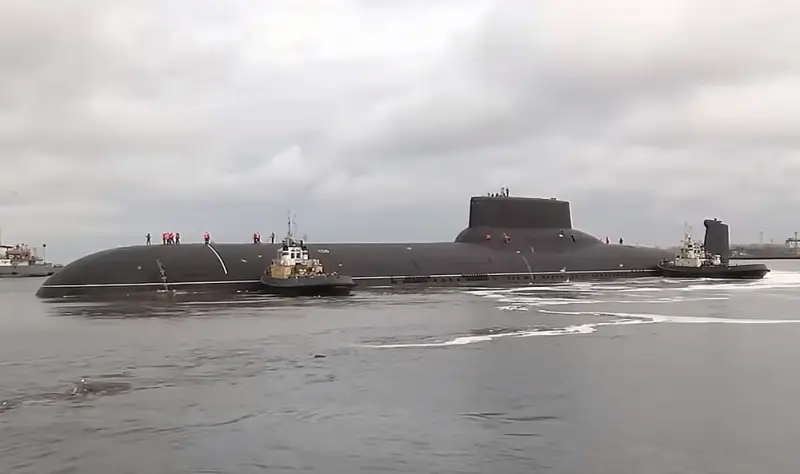Weapons of the apocalypse: how nuclear submarines evolved
Without exaggeration, nuclear submarines can be called weapons of the apocalypse, capable of destroying entire states.
For example, the Soviet Project 941 Akula nuclear submarine, which to this day retains the title of the largest submarine in the world, was armed with 20 R-39 (RSM-52) or R-30 Bulava SLBMs with nuclear warheads.
This nuclear submarine could wait underwater for weeks for an order to attack and was considered the peak weapons achievement of the Cold War.
However, the modern Russian nuclear submarine of the Borei project, although it could not compare with the aforementioned submarine in size, is significantly superior to it in technological terms.
But this, obviously, is not the limit. After all, these weapons continue to evolve, providing their owners with a strategic advantage.
By the way, about the latter. Only five countries in the world today have nuclear submarines - the USA, Russia, France, Great Britain and China.
In turn, there are five stages in the evolution of this weapon.
Thus, the developments of the first generation, which started in the 50s, were exclusively experimental in nature and were used for combat testing of design solutions.
In the second generation, engineers focused on creating an optimal hull that would allow the submarine to reach maximum speed under water. At the same time, it was the second-generation Soviet submarine K-222 that set a record for underwater movement in its class of 82 km/h (44 knots), which has not been broken to this day.
The third generation was marked by the appearance of reactors that could operate for a long time without recharging. Here, the championship went to the American Ohio and Los Angeles class submarines, whose reactors could operate continuously for up to 11 years.
In addition, it was in these submarines that design solutions were implemented that increased the quality of life of the crew on board the nuclear submarine.
The fourth generation of nuclear submarines dates back to the 90s of the last century. This includes modern submarines, distinguished by a new type of sound-absorbing coating, the presence of composite materials, high-tech electronic filling and an even longer period of continuous reactor operation than their predecessors.
Also, modern submarines have a number of design features that make them more reliable. In particular, autonomous escape capsules for the crew and a completely isolated reactor.
Finally, in the evolution of nuclear submarines, there is also a fifth generation, which is still in the drawing stages. At the same time, it is obvious that the country that is the first to develop new generation weapons will dominate under water.
Based on modern weapons trends, we can assume the widespread introduction of artificial intelligence-based systems into future strategic submarines.

Information